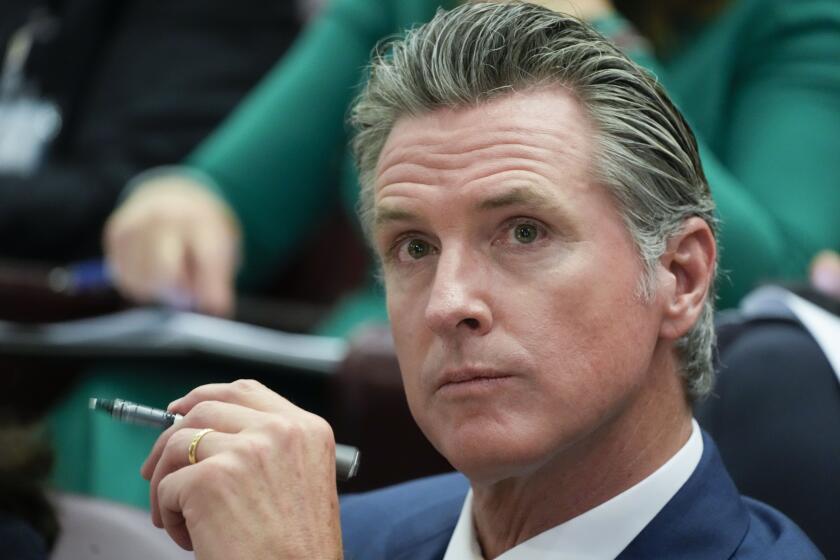L.A.’s homelessness website falls short of goal to be transparent, critics say

Useful it may be. User-friendly or transparent it’s not.
That’s the judgment of a 10-page report card on the website mounted by the city of Los Angeles last month to comply with a federal court order that it give the public access to all invoices for city-financed homeless initiatives.
In a biting critique, the plaintiffs in a lawsuit against the city describe the city website as “overly technical and barebones,” “not user-friendly or intuitive,” “very process/procedural oriented” and burdened with extraneous information such as committee meeting agendas.
“The site is adequate if you know what you’re looking for or looking at and know how to read financial and statistical reports,but not helpful for the general public,” they wrote in a letter to the court.
To achieve the court’s goal, they said, the city should develop the site with charts, explanatory narratives, high-level statistics and consistent data formats, so that users could see what the city money is being spent on and what results it is achieving. In effect, it should be more like the websites customers use to track their investments.
The lawsuit was filed in 2020 by the LA Alliance for Human Rights, a group of property and business owners and residents, who alleged that the city and county were failing their duty to address homelessness.
Early in the case, Carter pressured the city and county to agree to produce 6,700 interim or permanent beds for people living under freeways. Then, as part of a settlement, the city agreed to add 12,913 more.
The case took a turn toward the issue of accountability when lawyers for the plaintiffs filed a motion in February asking Carter to sanction the city for not meeting deadlines in the settlement agreement.
Carter said in March that he would rule that the city acted in bad faith and has pressured both the city and county to be more transparent on their spending and the results of their homelessness initiatives.
During the March hearing, Carter ordered the city to pay for an outside audit of its homelessness programs and extracted a commitment from Mayor Karen Bass that the city would have all invoices paid by the city in 2024 on a public website within two weeks.
“The best auditor will be the public,” Carter said.
The city met the deadline by adding a “Homelessness-related Invoices and Metrics” link to the City Administrative Office website. It provides three sub-links, to the initial agreement for 6,700 beds, to the 12,913 beds required by the settlement and to Bass’ Inside Safe program.
Each link contains voluminous reports to the City Council on the programs. The invoices were attached as PDF documents that could not be summed and sorted for analysis.
In the evaluation, LA Alliance executive director Paul Webster and attorney Elizabeth Mitchell of the law firm Umhofer, Mitchell & King LLP picked apart one set of invoices for the city’s safe parking program. The performance metrics were for a different period than the invoices, the contractor had not provided required monthly reports and there were no figures for cost per vehicle served, she wrote.
Mitchell acknowledged that under a harsh deadline, the city had only linked to existing reports not written for communicating to the public.
“It is understandable that within the quick turnaround to create a working website in a matter of weeks information and resources would not be tailored to the public,” Mitchell wrote.
“It is expected that over time reports and information linked on the website would become more user friendly and clearer in reporting how much money has been spent on what programs to accomplish specific goals and outcomes.”
More to Read
Start your day right
Sign up for Essential California for news, features and recommendations from the L.A. Times and beyond in your inbox six days a week.
You may occasionally receive promotional content from the Los Angeles Times.







